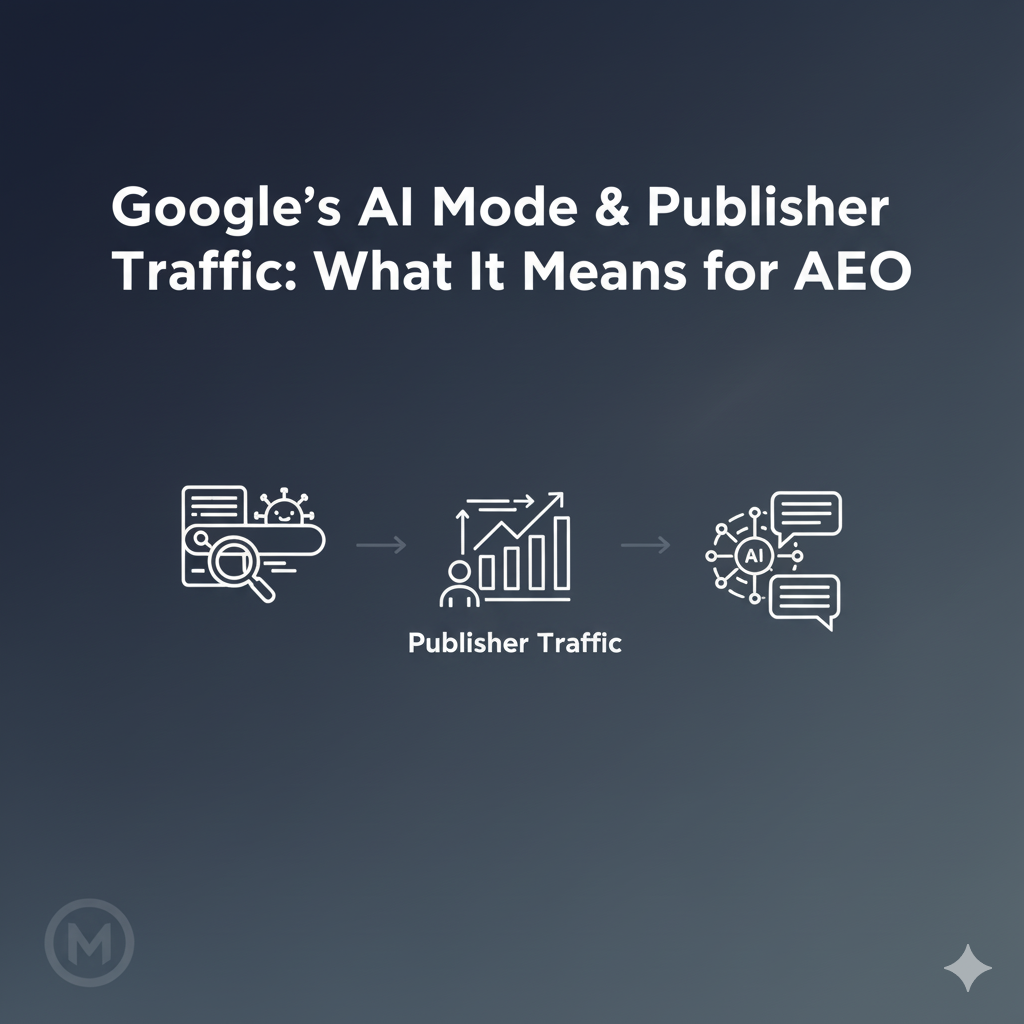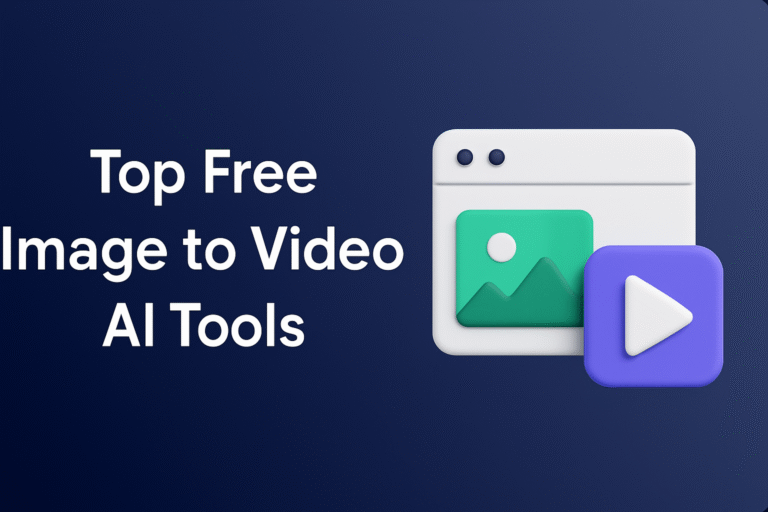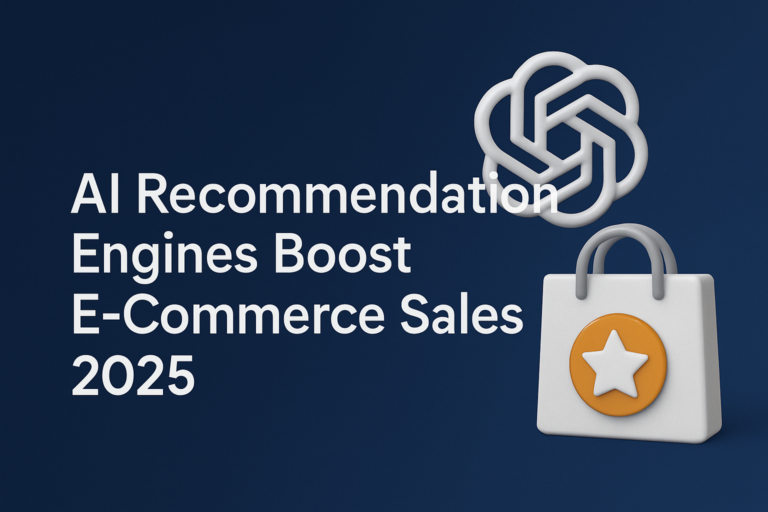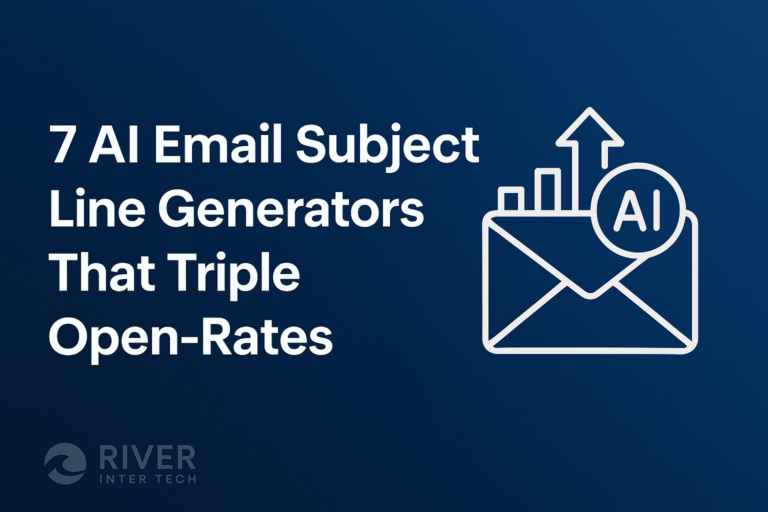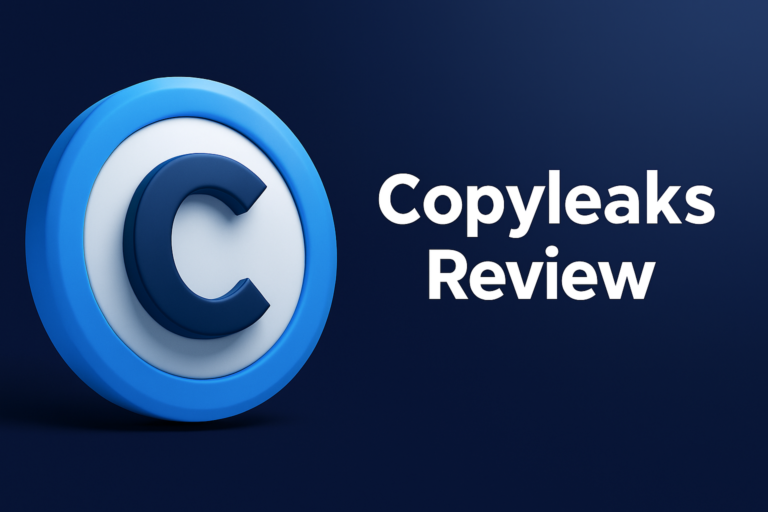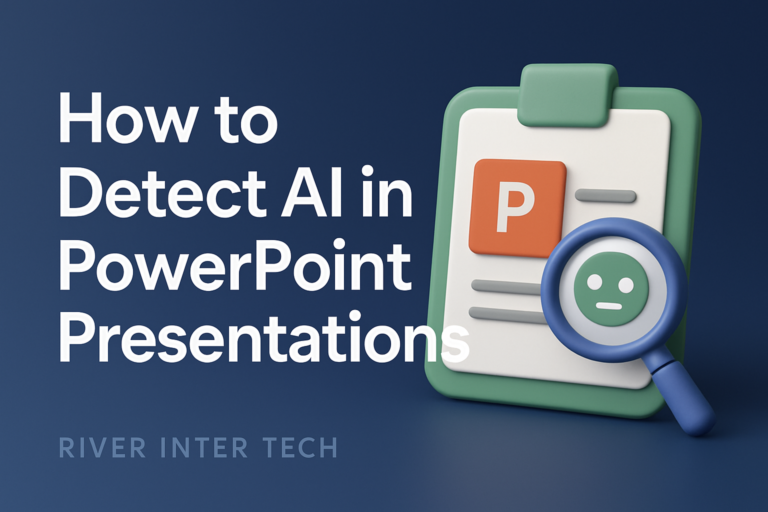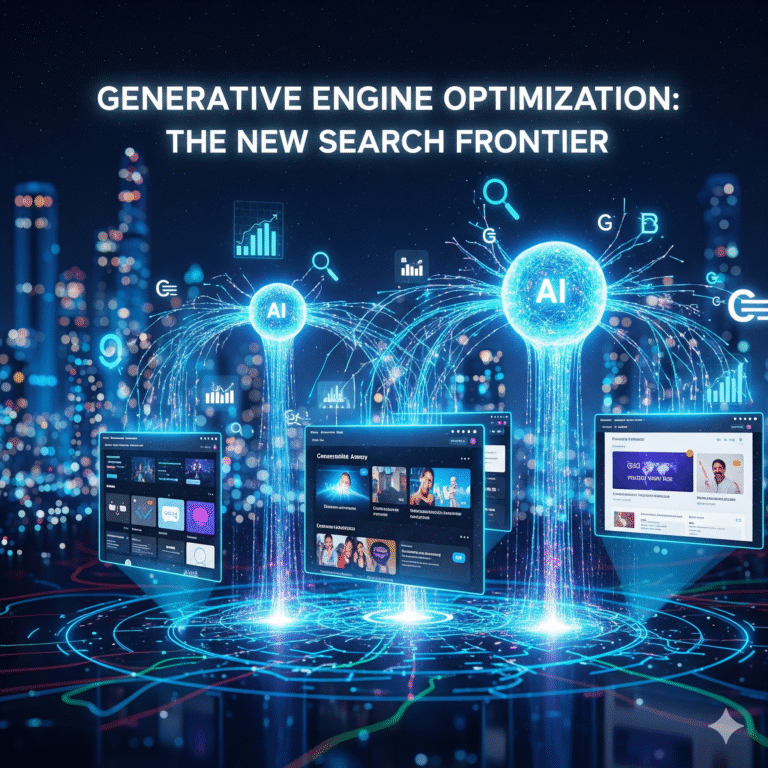Google’s AI Mode & Publisher Traffic: What It Means for AEO
Have you checked your site analytics lately and noticed your organic clicks dropping off? You are not alone. AI Mode Google impact is changing how people get information, and this is not a fluke or a passing trend.
Instead of waiting for people to visit your site, Google serves up AI-powered summaries right on the results page. This new feature has made search faster for users, but it’s also making publishers uneasy about the future of their traffic and revenue.
If you run a website and count on those clicks to grow, it’s time to pay close attention to what’s happening. Understanding how Google’s AI Mode works and how it impacts your site is now a must, not a choice.
Let’s dig into how this change could reshape everything about getting seen online, and what you can do to keep your content in front of your audience.
What Is Google’s AI Mode?
Google’s AI Mode is a search innovation that delivers an answer summary at the top of search results. Instead of listing links and hoping users click through, Google’s AI scans the internet, pulls in details from many sources, then gives users a single, concise response without sending them off-site.
From recipes to news, users now get what they want much faster and with less effort. This might sound great for searchers, but it sets up a big challenge for anyone with a website.
As a publisher, you lose some control over how people find and interact with your work. The value of having your site listed on page one has shifted, because users may skip visiting your site if the answer is already in front of them.
This situation indicates a significant publisher traffic decline, forcing a rethink on how you bring value online.
How Does It Work?
Google’s AI Mode uses advanced machine learning to scan, analyze, and summarize information from a broad range of websites. The system crawls hundreds of web pages, checks which ones are relevant to the search question, and blends the most important details into a direct, easy-to-read answer.
This process does not just stop at text summaries. Sometimes, Google’s AI offers charts, product comparisons, or even lets people book services—all within the search results page.
For publishers, this setup means your key points or insights could be lifted and used in the summary with no click back to your site. You might spend hours crafting a guide, only to see your main advice turned into part of Google’s instant response.
This is why many website owners worry about visibility loss without even knowing it. The shift also limits your ability to track which parts of your content are driving value, making it harder to know what to produce next.
How Does This Affect Website Owners?
The rollout of Google’s AI Mode has made many website owners see traffic drops almost overnight. Studies show that in just a couple of months after launch, some sites saw organic clicks fall by 10% or more, specifically on searches that now trigger AI answers.
The problem runs deeper than fewer visits. When the summary appears right at the top, users get what they need and rarely scroll further or click out.
This means well-researched and detailed articles do not get the same attention or engagement as before. Website owners, especially those who depend on advertising or sponsored posts, may feel the impact where it hurts most: revenue.
Many find that their content, even when unique or thorough, gets less recognition, making it tough to build a loyal following. The overall result is a more unpredictable and competitive search landscape, leading to significant content adaptation challenges.
Why Is This a Problem for Publishers?
When user traffic drops, so does publisher income. Most sites rely on a steady stream of visitors to support ad views, increase affiliate sales, or land deals with sponsors.
Google’s AI Mode does not pay for the content it summarizes or reference links it pulls. Instead, it gives value to users by keeping them on the search results page and bypassing smaller sites.
This shift favors larger brands that are already well known. Independent voices and smaller publishers have a harder time keeping up and risk being drowned out.
The worry is real: when the main answers are given away by Google, even the best content can feel invisible. This drives publishers to look for new strategies to stay relevant and maintain revenue, because waiting for things to go back to normal is no longer an option.
Implementing smart AEO strategies is critical in this new environment.
Why Traditional SEO Is Not Enough Anymore
For years, success in search meant following SEO basics—write good titles, use the right keywords, get quality backlinks. These tactics still matter, but Google’s AI Mode has raised the bar.
Now, the AI makes the choice about which content to show as a summary and does not always send credit or traffic back to the original source. This leaves publishers in the dark about what works.
You cannot tell from your analytics whether your content is powering Google’s AI answer or being ignored. Standard SEO alone can’t keep up with this change. Strategies need to go beyond ranking for keywords and start focusing on content that is uniquely valuable, clear, and hard to summarize in a few lines.
The challenge is not just getting eyes on your site but ensuring it becomes one of Google’s preferred sources.
What Can Website Owners Do?
To keep your advantage, it’s time to update your approach. Start by making your content easy for both people and AI to understand.
- Go back through your key pages and make sure you answer important questions directly and in simple terms.
- Add clear Q&A sections, use bullet points to break down details, and format your content so it stands out as an authority on the topic.
- Pick subjects that need deep explanations or unique perspectives, not just fast answers.
- Regularly check which pages still get traffic and improve them with updated information and stronger calls to action.
- Keep an eye on your analytics and be ready to shift your strategy as Google’s AI Mode changes.
Experiment, learn from the results, and always focus on delivering real value that cannot be condensed into a single paragraph. This approach will also help your content become one of the featured sources on search pages.
What’s Next?
If Google continues to expand AI Mode, the search landscape will get even tougher for smaller sites. Big publishers with strong brands may stay on top.
Those with less brand power or fewer unique offerings might struggle to keep up. Some smaller sites might survive by joining forces, picking deeper niche topics, or finding new places to reach their audience, like newsletters or social apps.
There is also growing pressure on Google from the publishing community to recognize and support the creators whose work powers AI summaries.
To future-proof your site, focus on building a strong brand voice, create content that goes deeper than a quick answer, and branch out into other channels where you can connect with your audience directly.
This way, you’re not relying on search alone for growth but are preparing for SERP changes 2025.
Bottom Line
Change is coming fast to search. If you want your content to survive and thrive, you need to be proactive.
Create direct, actionable content. Make your answers clear and valuable. Monitor your website analytics closely and try new tactics as the search environment evolves.
The websites that respond quickly, deliver genuine value, and keep their audience’s needs front and center will build trust and keep growing—even with the new challenges from AI Mode Google impact.
FAQ
How do I know if AI Mode is affecting my site’s traffic?
Look for sharp drops in search visits that align with Google’s AI Mode rollout. Compare traffic before and after launch, and watch for changes on pages that answer common questions.
What are the best ways to optimize for AI Mode?
Use clear, structured Q&A, give direct answers, and focus on topics that need depth or special expertise. Add unique insights or step-by-step guides to make your content stand out.
Does traditional SEO still work?
Traditional SEO still matters, but it’s only part of the plan. Focus on strong SEO combined with clear answers and deep coverage to stay competitive.
Are there tools to track when my content is used by AI Mode?
Currently, tracking this is difficult. Watch your analytics for traffic trends and stay updated on new tools or features that could help you measure AI usage.
What should I avoid as I adjust my strategy?
Don’t repeat what AI can summarize or chase only easy topics. Invest your time in content that rewards expertise, depth, and original viewpoints.

